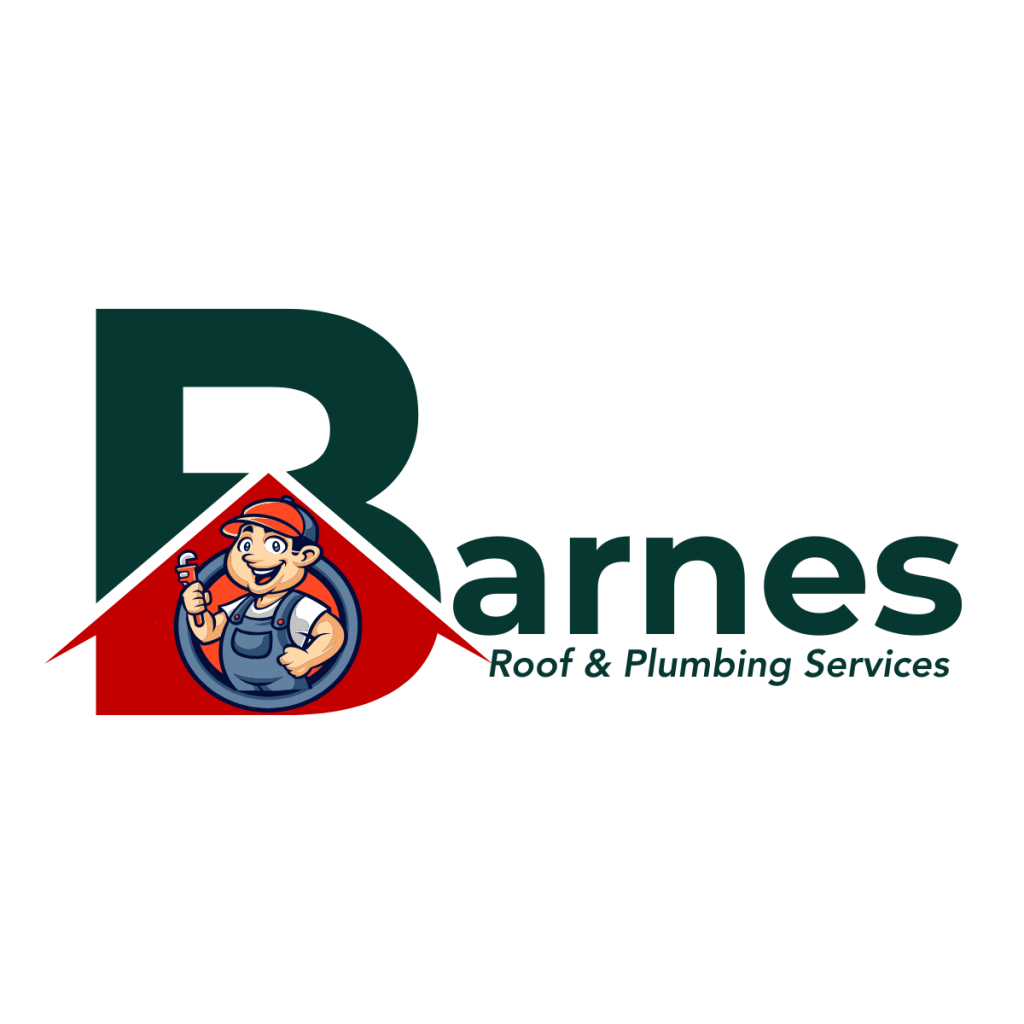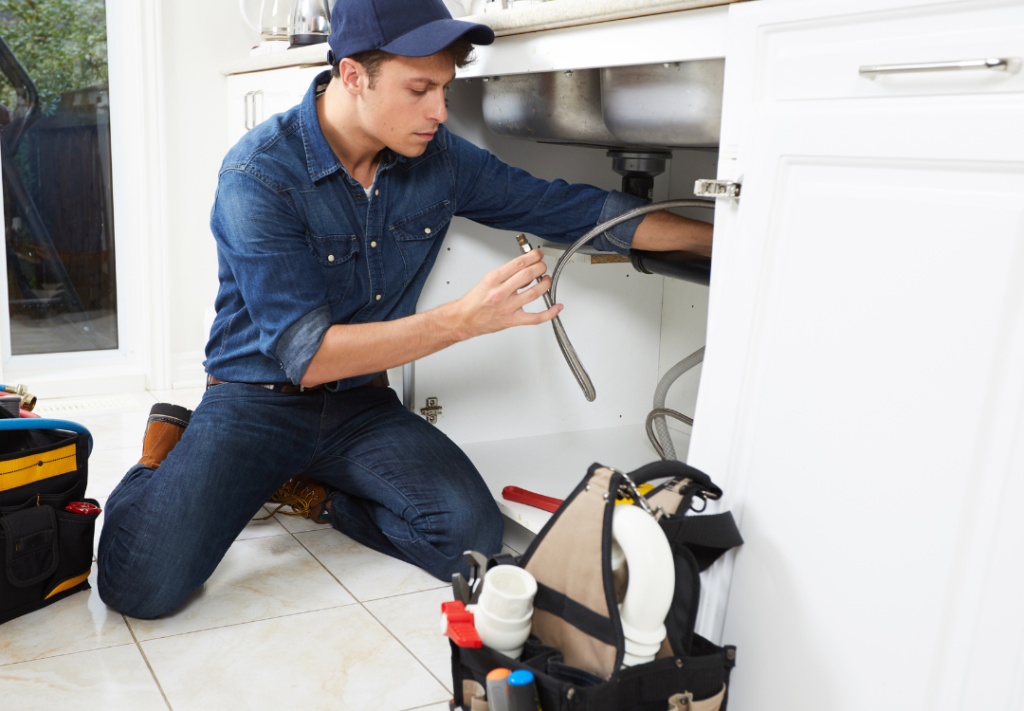Plumbing issues are inevitable in every household. From minor leaks to major pipe bursts, these problems can disrupt daily life and lead to costly repairs if not addressed promptly. The good news is that many common plumbing problems have simple solutions, and understanding how to fix them can save you time and money.
In this comprehensive guide, we’ll discuss the most frequent plumbing issues homeowners face, their causes, and practical solutions to fix them. We’ll also provide preventative tips to help you avoid future plumbing problems.
1. Dripping Faucets
A dripping faucet is not just annoying—it can waste hundreds of gallons of water per year, increasing your water bill.
Causes:
Worn-out washer or O-ring
Corroded valve seat
High water pressure
How to Fix It:
Turn off the water supply under the sink.
Remove the faucet handle using a screwdriver.
Take out the old washer or O-ring and replace it with a new one.
Reassemble the faucet and turn the water back on.
Prevention Tip: Avoid turning faucets too tightly, as this can wear out the washers faster.
2. Clogged Drains
Slow-draining sinks or tubs can be frustrating and are often caused by a buildup of debris.
Causes:
Hair, soap scum, and grease buildup
Foreign objects blocking the drain
Mineral deposits from hard water
How to Fix It:
Use a plunger to dislodge the blockage.
Pour a mixture of baking soda and vinegar, let it sit for 15 minutes, then flush with hot water.
Use a drain snake to remove hair and debris.
Prevention Tip: Install drain screens to catch hair and food particles. Avoid pouring grease down the sink.
3. Running Toilet
A toilet that keeps running can waste thousands of gallons of water annually, leading to high utility bills.
Causes:
Faulty flapper valve
Improper float height
Leaky fill valve
How to Fix It:
Check the flapper inside the toilet tank. If it’s worn out, replace it.
Adjust the float to stop water from overfilling the tank.
Replace the fill valve if it’s leaking.
Prevention Tip: Regularly inspect toilet components and replace worn-out parts before they fail.
4. Low Water Pressure
If your shower or faucet is trickling instead of flowing, low water pressure may be the culprit.
Causes:
Mineral buildup in pipes
Leaky or clogged aerators
Issues with the municipal water supply
How to Fix It:
Clean aerators by unscrewing them and soaking them in vinegar overnight.
Check for leaks in pipes and repair them if needed.
If the issue is with your municipal supply, contact your water provider.
Prevention Tip: Install a water softener if you have hard water, as it helps prevent mineral buildup in pipes.
5. Leaky Pipes
Leaky pipes can cause serious water damage, mold growth, and increased water bills.
Causes:
Corrosion and rust
High water pressure
Loose pipe joints
How to Fix It:
Use pipe tape or epoxy as a temporary fix.
Replace damaged pipe sections if leaks persist.
Lower water pressure to prevent excessive strain on pipes.
Prevention Tip: Insulate pipes during winter to prevent freezing and bursting.
6. Water Heater Issues
A malfunctioning water heater can leave you with cold showers and higher energy bills.
Causes:
Sediment buildup in the tank
Faulty thermostat
Broken heating element
How to Fix It:
Drain and flush the water heater tank to remove sediment.
Check and adjust the thermostat to the recommended temperature (120°F or 49°C).
Replace heating elements if the water isn’t heating properly.
Prevention Tip: Drain and flush the water heater once a year to prevent sediment buildup.
7. Sewer Line Backups
A sewer backup is a major plumbing emergency that can cause foul odors and serious property damage.
Causes:
Tree roots growing into sewer lines
Clogs caused by grease, wipes, and non-flushable items
Old and deteriorating pipes
How to Fix It:
Use a plumbing snake to remove minor blockages.
For severe clogs, call a professional plumber to inspect and clear the sewer line.
Avoid flushing anything other than toilet paper.
Prevention Tip: Schedule regular sewer line inspections, especially if you have older pipes.
8. Burst Pipes
Burst pipes can cause significant water damage and expensive repairs.
Causes:
Freezing temperatures
Excessive water pressure
Old, corroded pipes
How to Fix It:
Shut off the main water supply immediately.
Use pipe repair clamps or epoxy putty as a temporary fix.
Call a plumber for a permanent repair or pipe replacement.
Prevention Tip: Insulate pipes in cold areas and keep faucets dripping during freezing weather.
9. Sump Pump Failure
If your sump pump stops working, your basement could flood during heavy rains.
Causes:
Power failure
Clogged discharge pipes
Mechanical failure
How to Fix It:
Test the sump pump by pouring water into the pit. If it doesn’t activate, check the power source.
Clean the discharge pipe to remove debris.
Replace the sump pump if it’s old or malfunctioning.
Prevention Tip: Test your sump pump every few months and install a backup battery in case of power failure.
Conclusion
Plumbing problems are common but manageable when you know how to identify and fix them. By addressing small issues early, you can prevent major repairs and keep your plumbing system running efficiently.
If you’re dealing with persistent plumbing issues, Barnes Roof & Plumbing Services is here to help! Our team of expert plumbers provides fast, reliable, and affordable solutions for all your plumbing needs. Contact us today for professional assistance!

